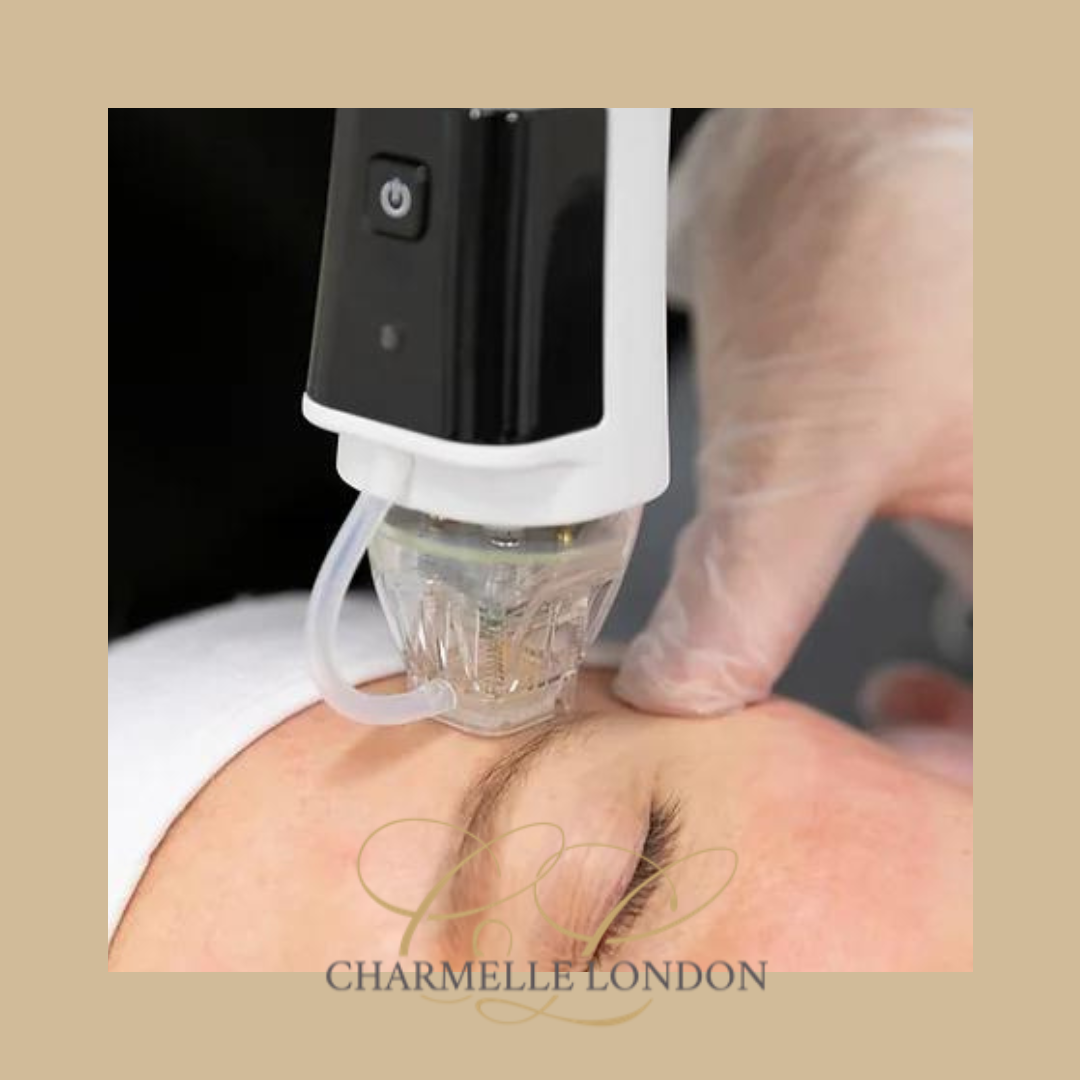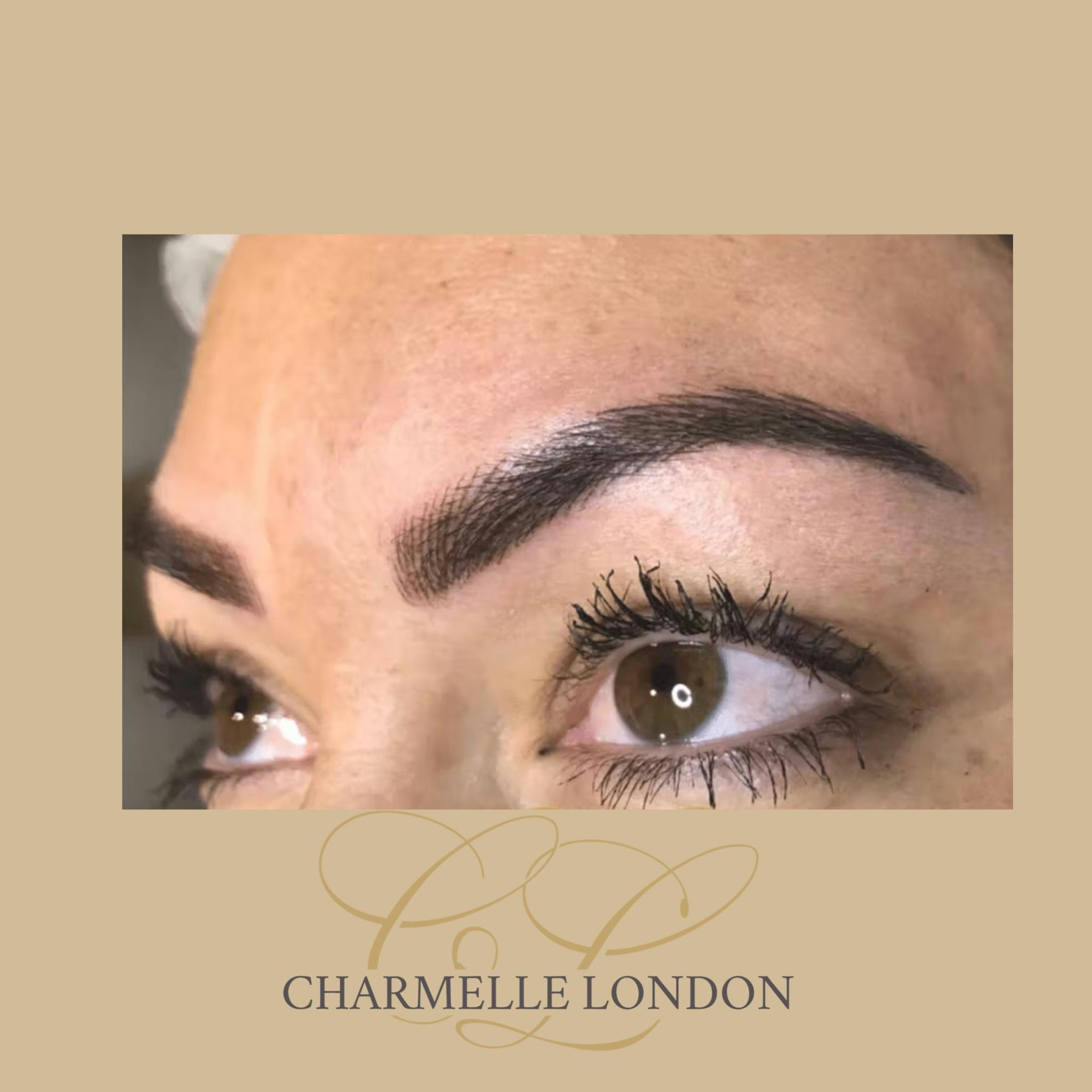Spots
The term ‘spots’ can refer to a number of different skin conditions, including blemishes and pimples, acne, milia, age spots, freckles, red spots and rashes.
There is no single cause for spots as it is a generic term which applies to a variety of skin conditions.
Some spots might be caused by excess oil or hormonal factors, others – such as milia – have no known cause.
Some spots and dark marks (such as age spots and freckles) can be caused by sun exposure or ageing skin.
Spot treatments at Charmelle London
At Charmelle London we offer tailored treatment and product plans to help you with your condition. Upon your consultation your expert practitioner will advise you of the best option for your individual case. Book a free consultation today, and start your journey towards better skin.
Frequently Asked Questions
Adopting a thorough facial cleansing and skincare regime can help prevent breakouts if you suffer from spots, blemishes or acne, but it’s important to use the right products for your skin type. There are many over-the-counter solutions for mild acne available at most chemists, but for moderate and more severe cases of spots and acne, you may achieve better results with professional skin treatments.
If you have around 30 or more blemishes on your face at one time, you might have acne. However, if the blemishes are more severe cysts or nodules, you may be categorised as having acne with fewer than 30 or so blemishes.
You may be suffering with a condition which is more severe than the more common types of acne listed above. A nurse or doctor will work with you to determine your condition and help you achieve the results you require based on a variety of different treatments available.
Acne prevention can include many things from natural remedies you can try at home, to a more specialised course of treatments




.jpg&w=3840&q=75)